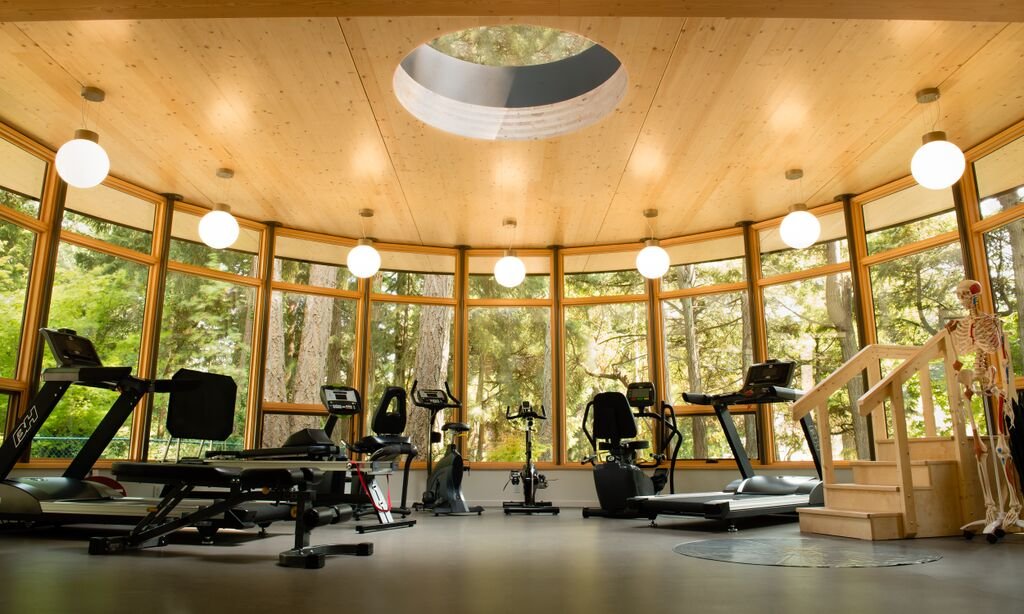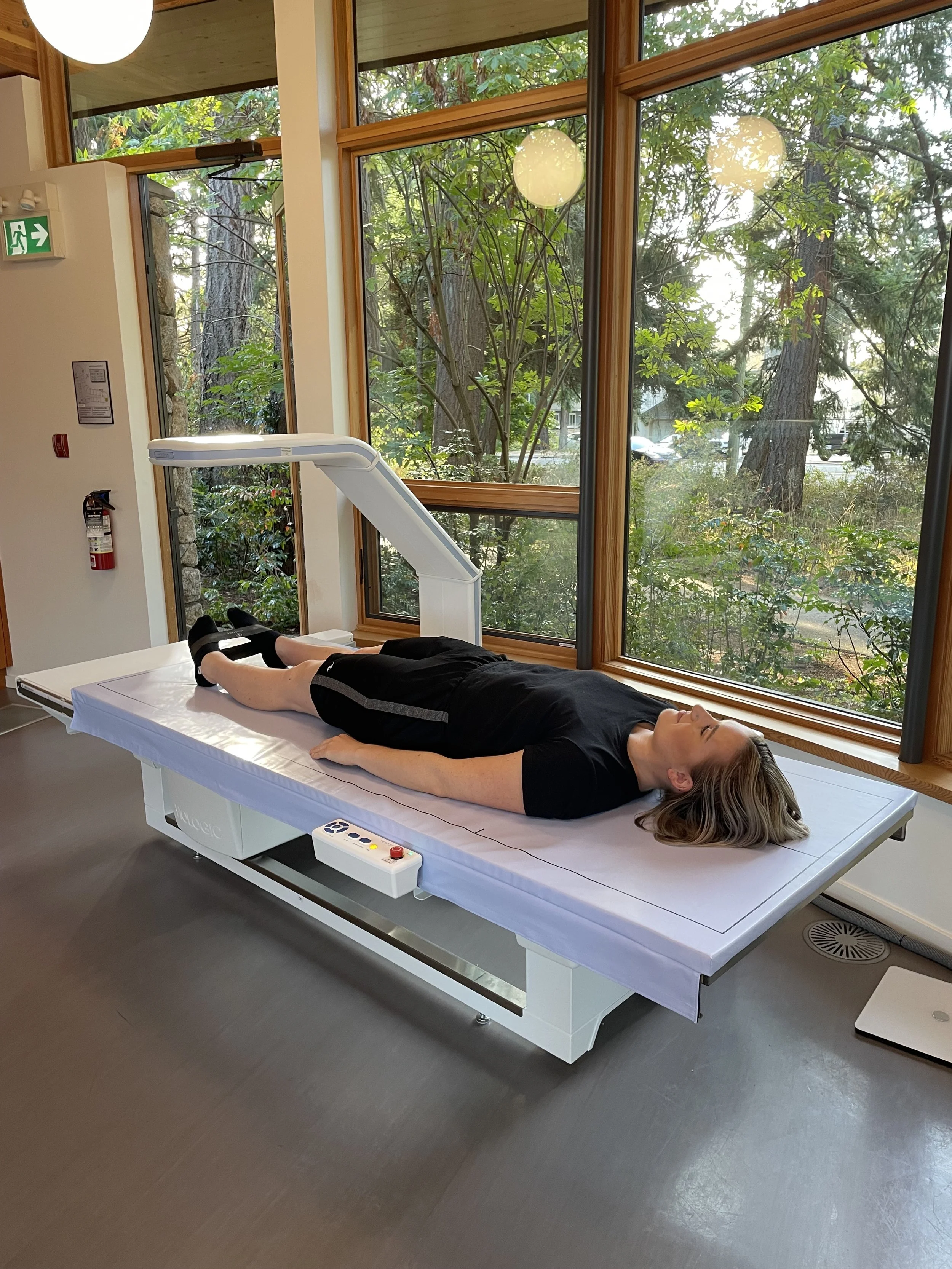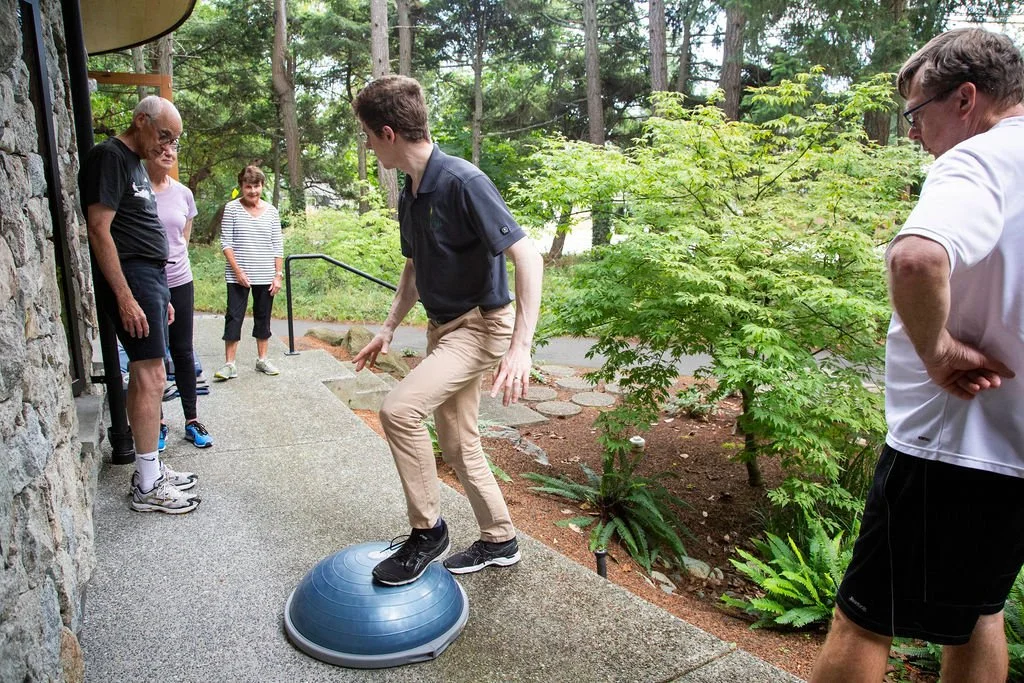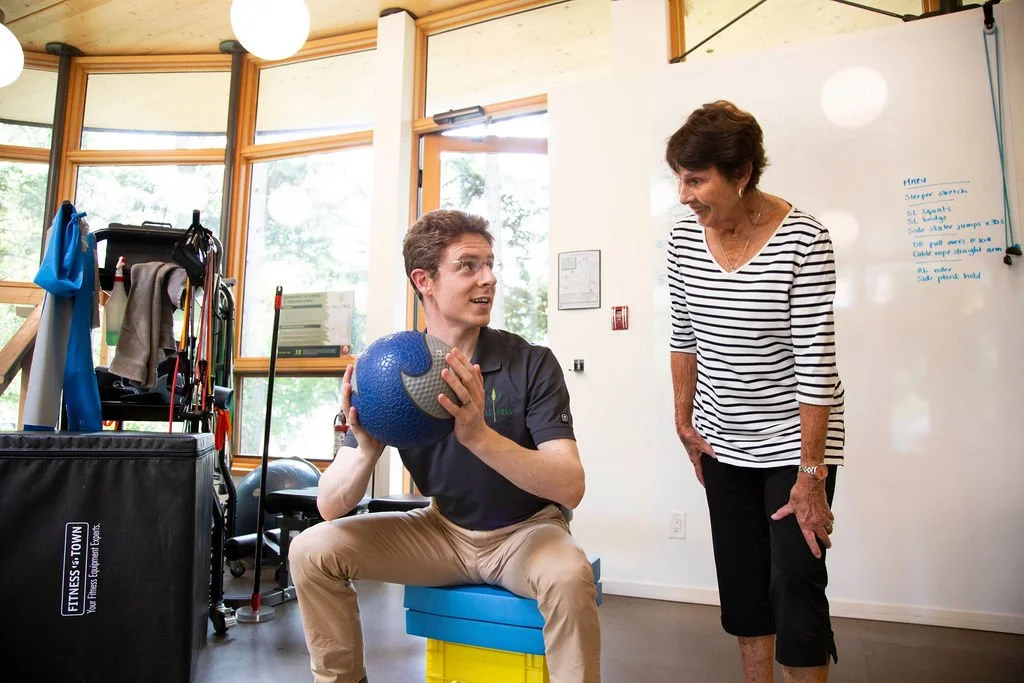Why Exercising With Cancer Should Be a Top Priority
Experts recommend a healthy dose of exercise to combat the symptoms of cancer and speed up recovery.
If you’re battling cancer, you might be finding it hard to find the energy or the motivation to exercise. There’s often a temptation to prescribe rest for someone experiencing fatigue due to chemotherapy or a stem cell transplant. While engaging in physical activity may be the last thing on your mind, new research shows that exercise is very effective in controlling symptoms of cancer and it can also improve longevity among cancer survivors.
Exercise promotes well-being and survivorship
Exercise has been associated with prevention of six types of cancer. In animal studies, exercise combined with chemotherapy was found to impact tumour vascularity and also to be more effective than stand-alone chemotherapy. This means that staying active could increase drug treatment efficacy.
“Specific doses of exercise have been shown to positively impact cancer-related health outcomes for people.”
Specific doses of exercise have been shown to positively impact cancer-related health outcomes for people, including quality of life, fatigue, anxiety, physical function, and depressive symptoms. New guidelines recommend that people with cancer build slowly towards 150 minutes of moderate to vigorous aerobic exercise, and two strength training sessions per week.
How rehab guidelines have changed when it comes to exercise
It’s amazing to think that only a few decades ago, people with post-operative knee replacements were on bed rest for up to 30 days. Conversely, today’s rehab recommendations advise people to start walking on day one after a knee replacement.
This shift in protocol represents a big change in the understanding of how exercise affects the body - what we once thought was harmful actually promotes healing.
In the world of rehab, we’ve learned that avoidance behaviour and rest after a musculoskeletal injury can lead to persistent pain. We’ve also learned that graded exercise after concussion is very effective as compared to the historical recommendation for isolation and sensory withdrawal. Now with new research evidence, we’ve come to understand that sedentary behaviours can have negative health impacts, and that early exercise can help regenerate and optimally align tissues.
Rest may seem intuitive, but the science is clear that appropriate levels of exercise can optimize your cancer journey.
How to approach exercising if you have cancer
As science continues to confirm that exercise is beneficial for people with cancer, naturally there are many other questions that come up:
Can anyone with cancer just go to the gym?
When is a clinician’s guidance and medical clearance needed?
What about pain, joint stiffness, post-operative complications, radiation fibrosis and the many other physical symptoms that make exercise difficult?
Tall Tree Health has developed a decision-making tool that can help guide you with getting started with exercise, and to understand when to consider seeing your doctor or a physiotherapist (click below).
If you want to connect further, Tall Tree Health offers a dedicated cancer rehabilitation program with experienced physiotherapists to help people engage in safe and effective exercise to support their cancer journey. We invite you to reach out to the Tall Tree Health team if you have questions.
You can also watch this video for more information.




































